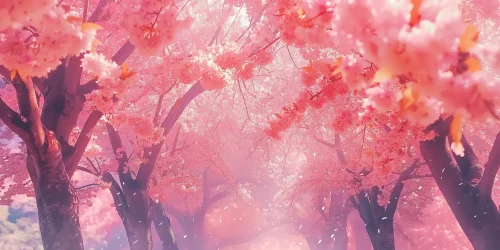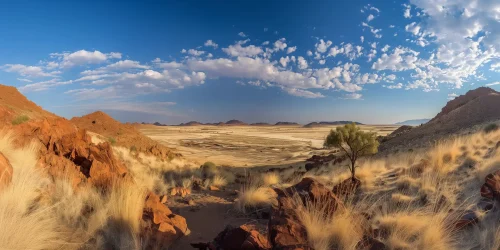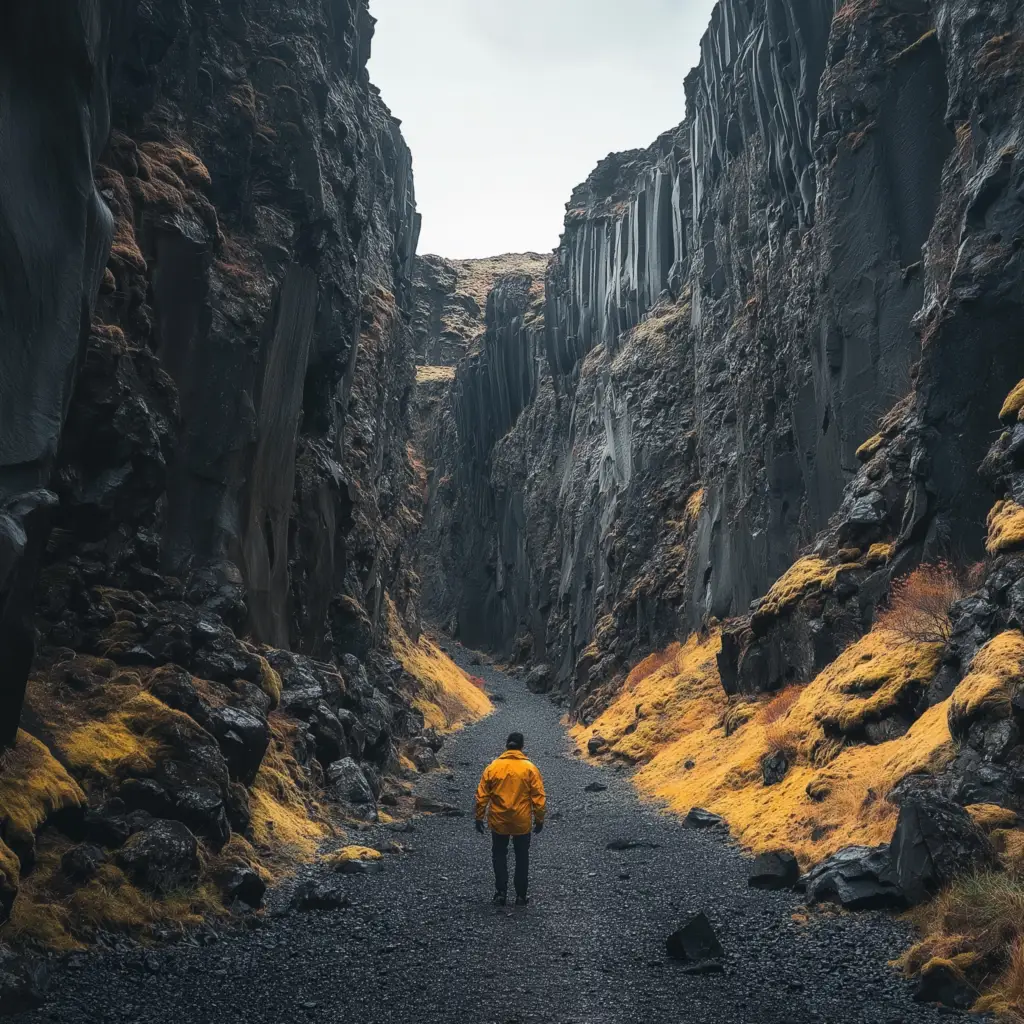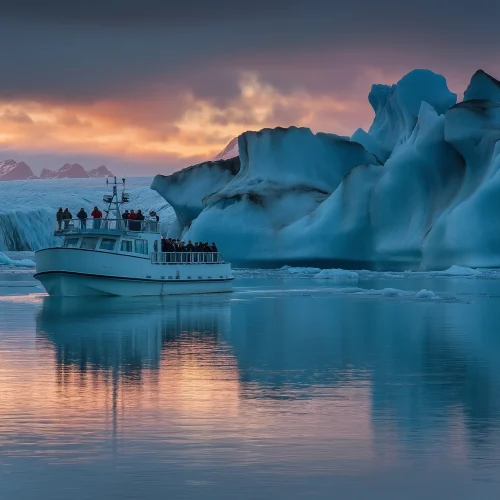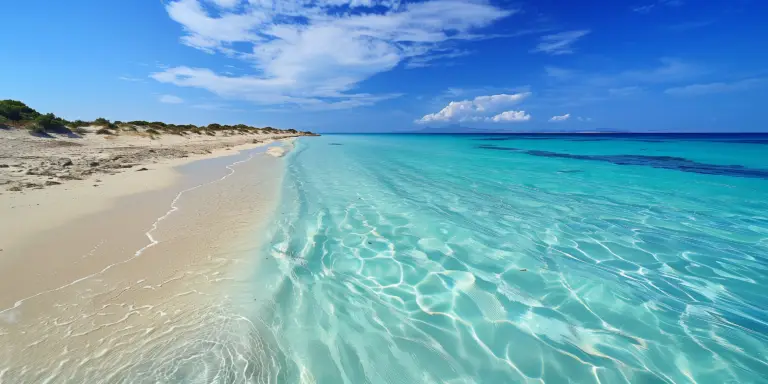Basalt Canyon, also known as Stuðlagil Canyon, is a remarkable natural wonder located in East Iceland, near the Jökuldalur Valley. This canyon stands out due to its dramatic basalt columns, which are among the largest and most striking in Iceland, creating a unique and mesmerizing landscape that attracts photographers, nature lovers, and adventurers alike.
Formed over thousands of years through volcanic activity and erosion, the canyon was submerged for centuries until the Jökulsá á Dal river was partially diverted in the 2000s due to the construction of the Kárahnjúkar Hydropower Plant. As a result, water levels dropped, revealing the incredible basalt formations that now define the canyon’s appearance. These formations, created by cooling lava flows, stand in perfect hexagonal patterns, creating towering cliffs that descend into the river below. The color contrast between the dark basalt columns and the turquoise-blue river is breathtaking, offering a scene of natural beauty that feels almost otherworldly.
Reaching Stuðlagil Canyon requires some effort, as it is not easily accessible by major roads. Visitors must embark on a moderate hike of around 5 kilometers (3 miles) from the parking area to the canyon viewpoint on the eastern side of the river. For those seeking a closer look, another route leads to the base of the canyon, though this is a more challenging trek. It is recommended to check weather conditions before setting out, as the paths can be slippery and muddy, especially after rain.
The best time to visit Stuðlagil Canyon is during the summer months, from June to August, when the river is at its lowest, and the basalt formations are fully visible. Travelers should also be prepared for unpredictable weather and pack accordingly. The canyon remains a peaceful and somewhat hidden gem, not yet overrun by mass tourism, allowing for a more intimate and awe-inspiring experience of Iceland’s raw, volcanic beauty.
If you are visiting East Iceland, Stuðlagil Canyon is a must-see destination for anyone interested in geology, photography, or simply experiencing Iceland’s stunning and unique landscapes.
